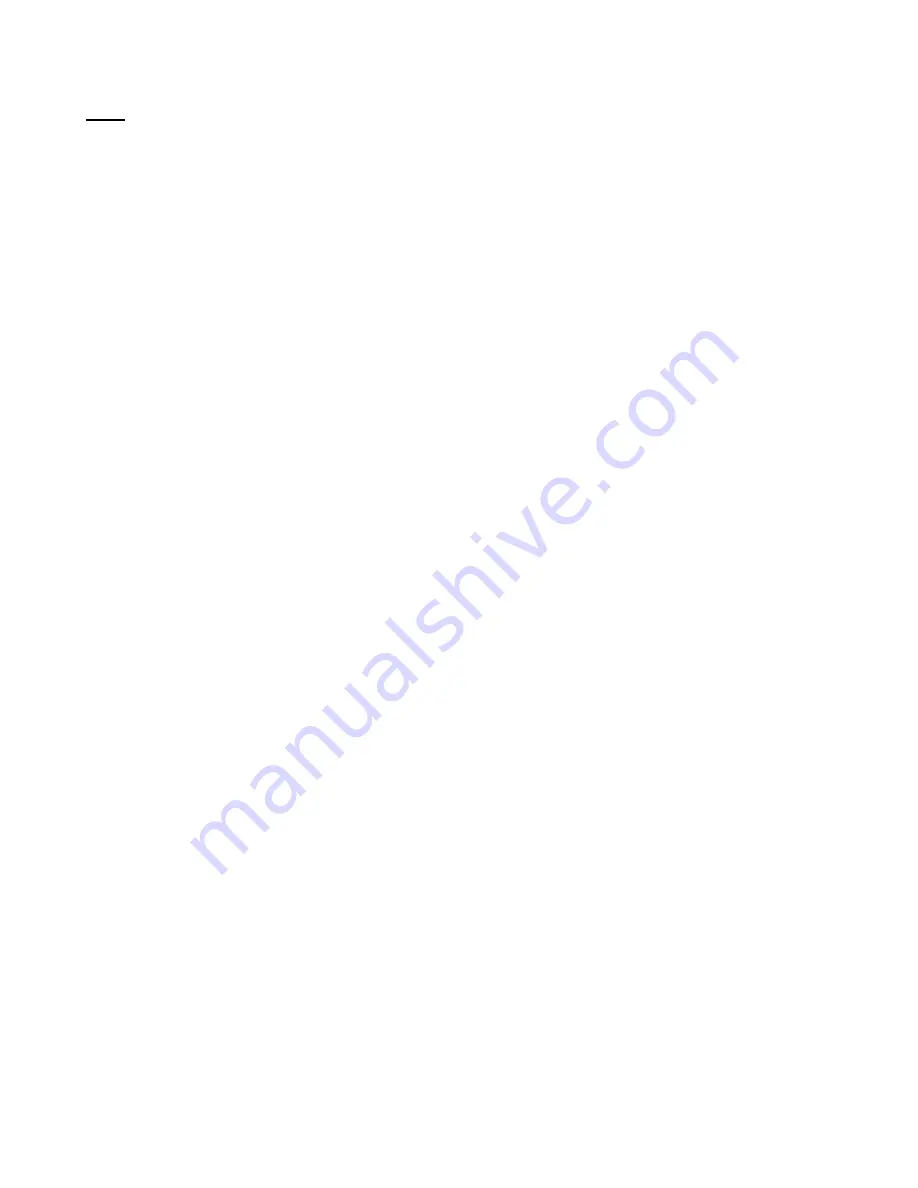
21
Note:
Within this fitting there is a built-in water pressure regulator. Because water pressure is different in each
location of use you may want to consider adding an additional regulator for protection to your system.
WASTE WATER AND SEWER DRAINAGE SYSTEM (MOST MODELS)
Your camper has a drainage/sewer system, which functions much the same as the one in your home. The
system consists of a main holding tank and an auxiliary holding tank. Waste from the toilet drain enters the main
holding tank (black water) enabling you to use the toilet for several days away from disposal facilities. The
wastewater from the kitchen sink, lavatory, and shower (when applicable) drain into the auxiliary holding tank
(gray water). Each tank has its own dump valve, however, both tanks may drain into a common outlet with one
drain hook-up, depending on the floor plan that you have. Note that the 690 & 700 model slide-in camper does
not have either holding tanks (gray or black).
DRAINAGE LINES
The major part of the drainage waste system is made of ABS piping. This plastic form of piping is not
designed for certain types of cleaners. Always read instructions on any cleanser before use on these
lines. Different vehicles have different capacities for waste holding. The size of the waste tanks and
your personal hygiene habits will determine how long you may camp without a direct hook-up to a
sewage disposal system. When preparing to camp, be sure to close all slide or knife valves on the
waste tanks. The main dump will have a cap that must be closed.
STORAGE TANKS
When using your camper, always prime the waste storage tanks with one gallon of water containing
an odor control chemical. Most states and recreational parks have strict laws to prohibit dumping of
any kind into anything other than approved disposal facilities or sewer systems. To find the closest
“dump station” when traveling, check with a local service station or park operator at your campsite.
After tanks have been emptied, put a couple of gallons of water in them to keep solids from building
up on the bottom of the tank.
WARNING:
Holding tanks are enclosed sewer systems and must be drained into an approved dump
station or ground disposal area. Holding tanks must be drained and cleaned regularly to prevent the
buildup of harmful or toxic materials or fumes
TOILET (MOST MODELS)
Your toilet is designed to use very little water. See complete operating instructions and sanitizing instructions
contained in the manufacturer’s information package. Do not use detergents or bleaches since they remove
lubricating oils and greases. Use only an odor control chemical as mentioned in your manufacturer information
package. You must be careful to not spill any of this liquid on your clothing, carpeting, or flooring since this may
cause an un-removable stain.
TOILET AND HOLDING TANKS DO’S AND DON’TS:
DO’S
−
Clean the holding tank with an approved cleaner.
−
Add a special chemical additive to sanitize and improve tank action.
−
Guard the tank against freeze ups.
−
Keep the dump valves closed to allow the tanks to get as full as possible to aid in draining.
−
Use any soft, single ply biodegradable toilet tissue
−
Open the bathroom vent to dispel condensation and odors.
DON’TS
DO NOT put the following in the toilet or drains:
−
Facial tissue, paper towels, sanitary napkins or items
−
Household toilet cleaners, detergents or bleach (use a sewage tank deodorizer instead)
−
Automotive antifreeze, ammonia, alcohols, or acetone
−
Table scraps or other solids that may clog the drains
−
Any foreign objects that could clog or damage tanks.










































